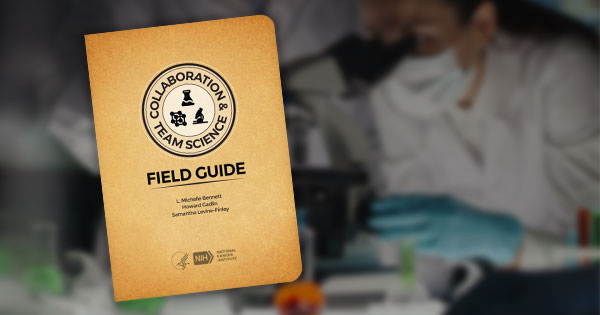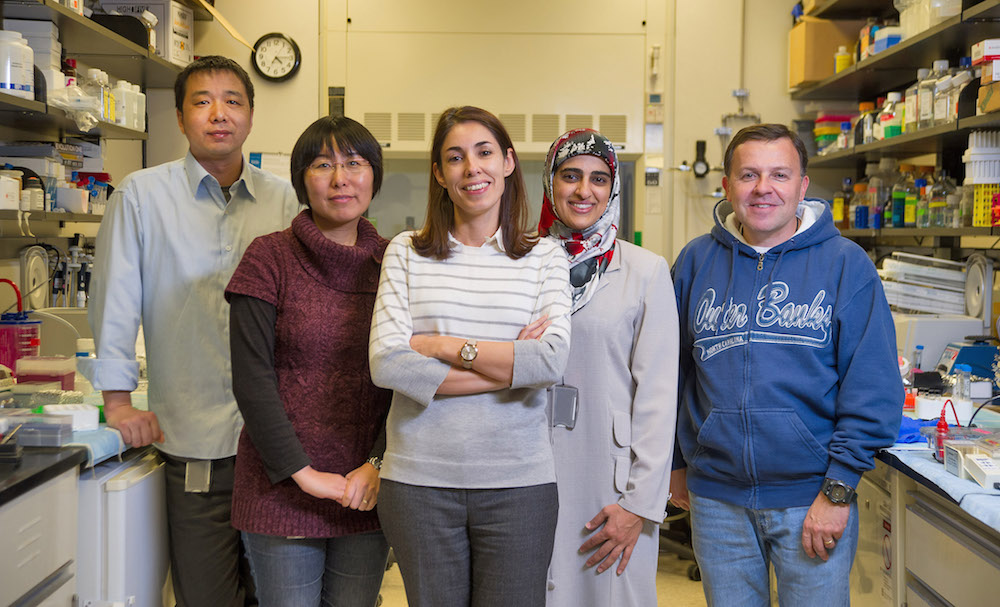Christophe Marchand

Christophe Marchand, Ph.D., is a Health Scientist Administrator at the NIH National Cancer Institute (NCI) Center for Research Strategy. Previously, as an intramural researcher in the Developmental Therapeutics Branch at NCI's Center for Cancer Research, he developed novel high-throughput screening assays and new classes of antiviral and anticancer drugs. Dr. Marchand led the Professional Development Committee of the NCI Staff Scientists and Staff Clinicians Organization from 2011 to 2016 and has been involved in capacity building ever since.
Posts By This Author
This page was last updated on Thursday, January 20, 2022


